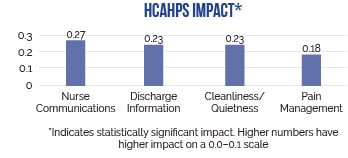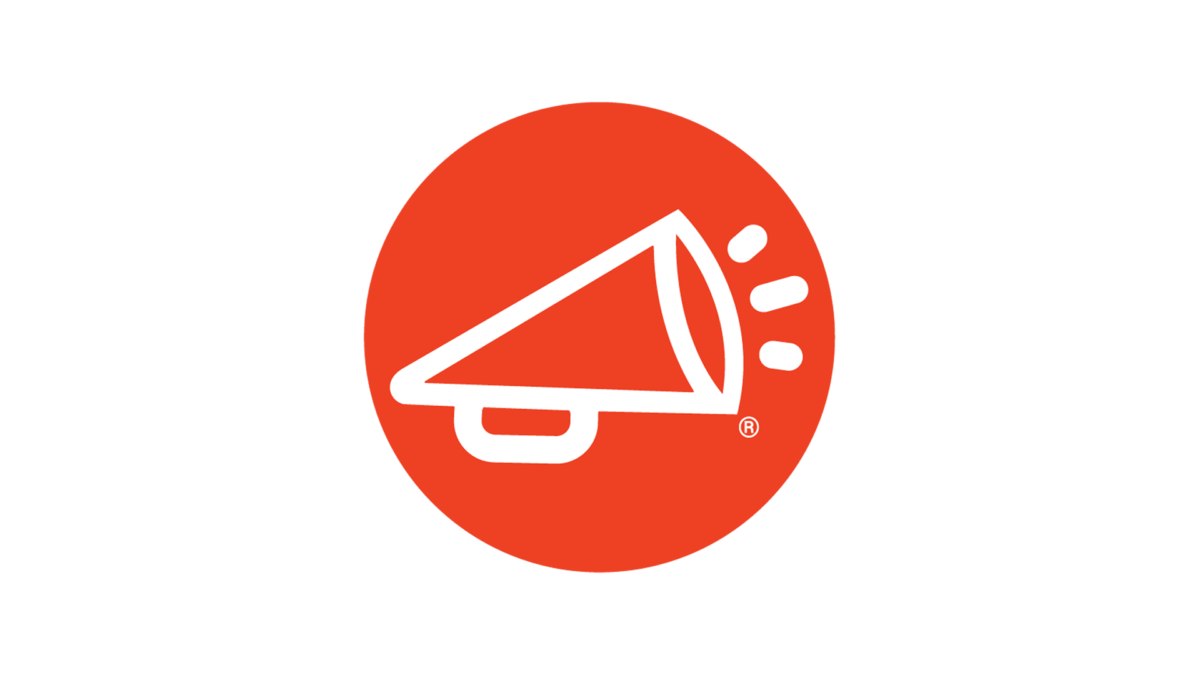
To sufficiently deliver on the promise of healthcare outcomes, medical institutions must place greater importance on employee experiences and align them with hospital and patient outcomes. Providing your top talents with the latest medical equipment is important, but it’s not what protects employees from occupational burnout.
Even a sufficient work-life balance doesn’t help medical professionals remain engaged and motivated when an organization fails to set an environment that is positive and safe in all respects for all employees.
But what does it take? Let’s take a closer look. This article will showcase how social psychology and modern HR tech help organizations retain and develop their human capital.
Unfortunately, healthcare organizations consistently hold the top ranking for the percentage of employee turnover. Today, the cost of healthcare worker replacement might reach 200% of annual salary because both types of expenses linked to resignation are quite high:
As of the first half of 2023, the NSI National Health Care Retention & RN Staffing Report revealed that the overall average hospital turnover percentage reached 22.7%. For all specializations of staff registered nurses, this indicator is 22.5% on average. The average replacement cost for a registered nurse in the US is $52,350.
The nature of work in the healthcare industry makes employees prone to occupational burnout, which is one of the top factors leading to high levels of departures.
While we can’t make working in healthcare less demanding, making it more rewarding is not as hard and as expensive as one might think.
The nurse retention rate is fundamental to improving business results and HCAHPS scores. Besides that, nurses are the most well-studied category of healthcare workers regarding their attitudes towards work and job satisfaction.
With certain reservations, the results of sociological studies conducted among nurses could be extrapolated to other categories of healthcare workers.
Study after study showcase how staff recognition in healthcare increase or decrease job satisfaction and the intent to leave:

Improvements in workplace culture deliver tangible benefits that impact HCAHPS scores, employee retention, and ultimately, patient satisfaction.
Implementing a strategic recognition program that is aligned with your values and objectives is a key driver to improving workplace culture and employee engagement. Engaged healthcare workers deliver:
Recognition programs impact turnover healthcare employee experience. A well-designed and implemented program will improve the employee experience, align behaviors, and ultimately deliver improved patient experiences.
The link between employee recognition and patient satisfaction is clear. Studies completed by both Gallup and Towers-Watson highlight a direct correlation between employee engagement and patient satisfaction, and showed that engaged employees score 10% higher on HCAHPS surveys. This is further supported by an earlier JHACO study, finding a direct correlation between employee morale and patient satisfaction.
Additionally, nurse communications is a key driver for higher patient satisfaction scores. According to Health IT Outcomes, nurse communication has “the greatest impact on patient satisfaction.” Nurse appreciation and feedback improves communication with patients.

The format for employee recognition programs vary according to the technological, operational, and cultural attributes of each organization. Common across all successful recognition programs are a combination of recognition, appreciation, and feedback elements aligned to the goals and objectives of the organization.
Programs may include: Peer Recognition, Manager Monetary Awards, Years-of-Service, Performance Awards, and Special Accolades (e.g., ‘President’s Award’). Sophisticated healthcare systems are adding programs such as: Shift Incentives, Wellness Awards, Safety Awards, and Employee Referral Rewards to build out holistic and unified reward and recognition platforms.
Given today’s technologically sophisticated population and the influence of Millennials (+Gen Y & Z), valued recognition programs need to be mobile, unified, accessible, social, and meaningful.
According to the Harvard Business Review: “The compounding effect of patient experience and employee engagement on business outcomes should command the attention of health care leaders.” Recognition is an inexpensive and highly impactful means to influence retention and acquisition rates, and the overall patient experience.
Your employees will better serve your patients and provide superior service when supported by a strategically planned and implemented recognition program. Your employee recognition platform does not require significant investment dollars and may be achievable with already budgeted funds. Building a culture of recognition in your healthcare organization will lead to a more highly engaged workforce, improved patient experiences, and better overall results.
“Recognition is an inexpensive and highly impactful means to influence retention and acquisition rates, and the overall patient experience.”
References:
The Impact Of Employee Engagement In Healthcare
Burnout or Quiet Quitting? Combatting Dysfunctional Trends With Workplace Programs
WorkProud is committed to helping its clients create a unified approach to the employee experience by helping them build cultures of workplace pride. Trusted by millions of users at some of the world’s most recognized employer brands, WorkProud delivers a comprehensive approach to building company cultures that inspire people to be Proud of their Work and Proud of their Company.

Every month, we share news, knowledge, and insight into what we believe is a pretty simple proposition: If you are “proud of your work and proud of your company,” you are more engaged, more productive, and more likely to stay with your company for the long haul.
*By selecting “SIGN UP,” you agree to WorkProud’s Privacy Policy. You may unsubscribe from our newsletter at any time. Please note when unsubscribing: it may take up to 10 business days for your request to take effect.
Here you will find insights curated for leadership seeking in-depth industry knowledge. Explore comprehensive studies, helpful guides, and expert white papers.
*By selecting “VIEW RESOURCES,” you agree to WorkProud’s Privacy Policy. You may unsubscribe from our emails at any time. Please note when unsubscribing: it may take up to 10 business days for your request to take effect.